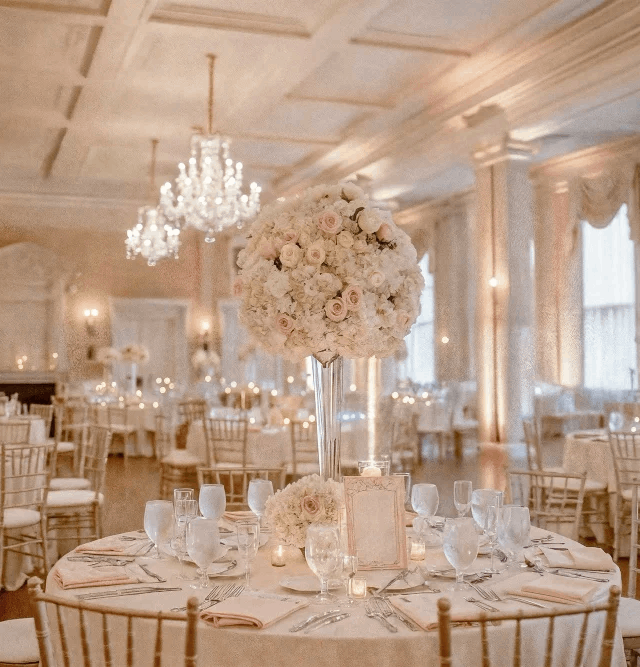Darlings, there’s something intoxicating about slipping into a garment that carries not just fabric, but legacy. The world’s iconic fashion houses—Chanel, Dior, Gucci, Yves Saint Laurent, and their ilk—aren’t just brands; they’re dynasties of style, woven into the very fabric of high society. For the HNI woman and the social butterfly flitting from gala to grand opening, these names are more than labels—they’re a passport to elegance, power, and timeless allure. Let’s uncork a bottle of vintage Krug, settle into a plush chaise, and take a dazzling journey through the glamorous histories of these sartorial titans.
Chanel: The Rebel in Pearls
Picture this: Paris, 1910. A young Gabrielle “Coco” Chanel, armed with a vision and a disdain for corsets, opens her first millinery shop. She wasn’t just designing hats—she was rewriting the rules of femininity. Coco liberated women from the suffocating silhouettes of the Belle Époque, introducing boyish cuts, jersey fabrics, and the now-iconic little black dress. By 1921, she bottled her audacity in Chanel No. 5, a scent that remains the ultimate olfactory status symbol. During World War II, she shuttered her atelier, only to stage a triumphant return in 1954 at age 71—proving that true style knows no expiration date. Today, under Karl Lagerfeld’s successors, Chanel remains the gold standard of understated opulence, darling of every socialite’s wardrobe.

Dior: The Architect of Dreams
Fast forward to 1947, when Christian Dior unveiled his “New Look”—a radical celebration of femininity with nipped waists, full skirts, and yards of luxurious fabric. After the austerity of wartime, Dior’s debut collection was a love letter to excess, famously prompting Harper’s Bazaar to declare, “It’s quite a revolution, dear Christian!” From his Parisian headquarters at 30 Avenue Montaigne, Dior turned fashion into theater, dressing royalty, Hollywood starlets, and the elite. His legacy lives on in Maria Grazia Chiuri’s modern feminist twist, ensuring Dior gowns still grace every red carpet worth attending. For the HNI woman, a Dior piece isn’t just clothing—it’s an heirloom.
Gucci: From Saddlebags to Stardom
Guccio Gucci started small in 1921, crafting leather goods inspired by the equestrian elegance he observed as a porter at London’s Savoy Hotel. From Florence, his vision galloped into a global empire, with the interlocking GG logo becoming a shorthand for Italian decadence. The ‘60s and ‘70s saw Gucci bloom into a jet-set darling, thanks to Jackie Kennedy’s iconic shoulder bags. Drama followed—family feuds, a murder plot (oh, the scandal!)—but the house was reborn under Tom Ford’s sultry ‘90s reign and Alessandro Michele’s eclectic maximalism. Today, Gucci is the ultimate fusion of heritage and rebellion, a must for the social butterfly who thrives on turning heads.

Yves Saint Laurent: The Provocateur of Chic
Yves Saint Laurent didn’t just dress women—he empowered them. Launching his namesake label in 1961 after a stint at Dior, YSL introduced the world to Le Smoking, the tuxedo suit that redefined feminine allure in 1966. With muses like Catherine Deneuve and Betty Catroux, he blended Parisian sophistication with a daring edge, gifting us safari jackets, sheer blouses, and bold colors. His partnership with Pierre Bergé was as much a love story as a business triumph, cementing YSL as a cultural force. Now helmed by Anthony Vaccarello, the house remains a beacon of sensual elegance—perfect for the HNI woman who commands every room she enters.
Givenchy: The Muse Whisperer
Hubert de Givenchy’s story is one of cinematic glamour, forever entwined with his muse, Audrey Hepburn. From her Sabrina gown in 1954 to the unforgettable LBD in Breakfast at Tiffany’s, Givenchy turned simplicity into sophistication. Founded in 1952, his atelier was a haven for aristocrats and icons like Jackie Kennedy and Grace Kelly. His sculptural designs—think structured silhouettes and impeccable tailoring—epitomized quiet luxury. Today, under Matthew Williams, Givenchy balances its aristocratic roots with a modern edge, ensuring it remains a staple for the elite who value subtlety over flash.
The Legacy Lives On
These fashion houses aren’t just about clothes—they’re about identity. They’ve dressed queens, presidents’ wives, and the glittering attendees of every Met Gala. They’ve survived wars, recessions, and revolutions, emerging stronger, more dazzling, each time. For the HNI woman, owning a piece from these maisons is like holding history in her hands—a tangible link to the trailblazers who dared to dream in silk, satin, and sequins. And for the social butterfly? It’s the armor she wears to flutter through life’s grandest soirées.
So, darling, next time you slip into that quilted Chanel flap bag or twirl in a Dior ballgown, remember: you’re not just wearing fashion—you’re wearing a story. Which house speaks to your soul? Tell us in the comments, and let’s sip to the glamour that never fades.
Stay fabulous,







